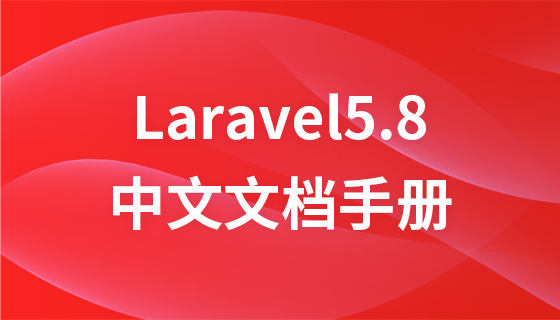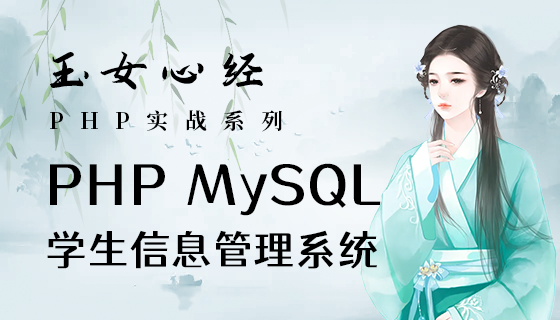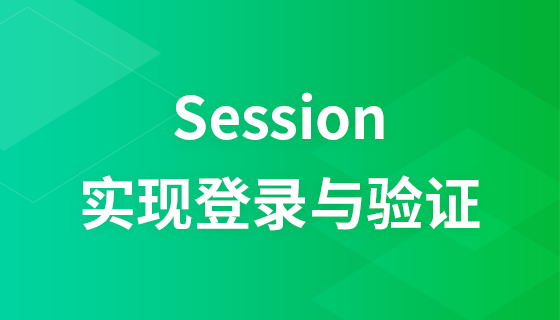
第一段引用上面的摘要:
本文档旨在解决 SQLAlchemy 中关系映射后,父类对象无法立即访问到已关联子类对象的问题。通过示例代码,详细解释了 SQLAlchemy 中关系建立的时机,以及如何通过 flush 操作或手动关联来正确获取关联的子类对象。同时,提供了两种测试用例,帮助读者理解和掌握 SQLAlchemy 中关系操作的细节。
在 SQLAlchemy 中,使用 relationship 定义父类和子类之间的关系是一种常见的做法。然而,新手在使用时可能会遇到一个问题:在将父类和子类对象添加到 Session 后,父类对象的 children 属性并没有立即更新,仍然是一个空列表。本文将深入探讨这个问题,并提供解决方案。
SQLAlchemy 默认情况下,并不会在对象添加到 Session 后立即解析关系。关系的建立通常发生在 flush 或 commit 操作之后。这是因为 SQLAlchemy 需要等待事务提交,才能确保数据库中的数据一致性。
示例代码:
以下代码演示了在 flush 操作前,parent.children 属性为空的情况。
from sqlalchemy.orm import declarative_base, relationship, Session
from sqlalchemy import Column, String, Integer, ForeignKey, create_engine
Base = declarative_base()
class Parent(Base):
__tablename__ = 'parents'
id = Column(Integer, primary_key=True)
name = Column(String(20))
children = relationship('Child', back_populates='parent')
class Child(Base):
__tablename__ = 'children'
id = Column(Integer, primary_key=True)
parent_id = Column(Integer, ForeignKey('parents.id'))
name = Column(String(20))
parent = relationship('Parent', back_populates='children')
# Replace with your actual database connection string
engine = create_engine('sqlite:///:memory:')
Base.metadata.create_all(engine)
with Session(engine) as session:
mother = Parent(id=1, name='Sarah')
c1 = Child(id=22, parent_id=mother.id, name='Alice')
c2 = Child(id=23, parent_id=mother.id, name='Bob')
session.add(mother)
session.add(c1)
session.add(c2)
print(mother.children) # 输出: []
session.flush()
print(mother.children) # 输出: [<__main__.Child object at ...>, <__main__.Child object at ...>]在上面的代码中,mother.children 在 session.flush() 之前输出的是空列表。flush() 操作将对象的状态同步到数据库,并解析了对象之间的关系。flush后,mother.children包含了 c1 和 c2 对象。
除了等待 flush 操作之外,也可以手动关联对象,从而立即访问到子类对象。
示例代码:
from sqlalchemy.orm import declarative_base, relationship, Session
from sqlalchemy import Column, String, Integer, ForeignKey, create_engine
Base = declarative_base()
class Parent(Base):
__tablename__ = 'parents'
id = Column(Integer, primary_key=True)
name = Column(String(20))
children = relationship('Child', back_populates='parent')
class Child(Base):
__tablename__ = 'children'
id = Column(Integer, primary_key=True)
parent_id = Column(Integer, ForeignKey('parents.id'))
name = Column(String(20))
parent = relationship('Parent', back_populates='children')
# Replace with your actual database connection string
engine = create_engine('sqlite:///:memory:')
Base.metadata.create_all(engine)
with Session(engine) as session:
c1 = Child(id=22, name='Alice')
c2 = Child(id=23, name='Bob')
mother = Parent(id=1, name='Sarah', children=[c1, c2])
session.add(mother)
session.add(c1)
session.add(c2)
print(mother.children) # 输出: [<__main__.Child object at ...>, <__main__.Child object at ...>]
session.flush()在这个例子中,我们在创建 mother 对象时,直接将 c1 和 c2 对象添加到 children 列表中。这样,在添加到 Session 之前,mother.children 就已经包含了子类对象。需要注意的是,即使手动关联了对象,仍然需要执行 flush 操作,才能将对象的 parent_id 更新到数据库中。
通过本文的学习,相信你已经掌握了 SQLAlchemy 中获取子类对象的方法。在实际开发中,根据具体需求选择合适的方式,可以更高效地操作数据库。
以上就是SQLAlchemy 如何获取子类对象?的详细内容,更多请关注php中文网其它相关文章!

每个人都需要一台速度更快、更稳定的 PC。随着时间的推移,垃圾文件、旧注册表数据和不必要的后台进程会占用资源并降低性能。幸运的是,许多工具可以让 Windows 保持平稳运行。




Copyright 2014-2025 https://www.php.cn/ All Rights Reserved | php.cn | 湘ICP备2023035733号